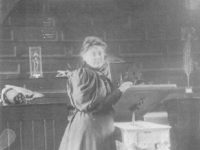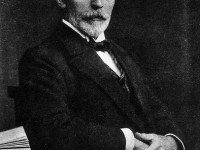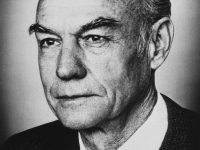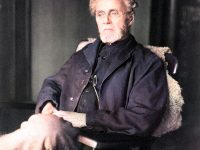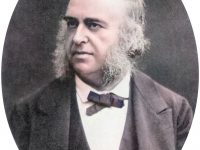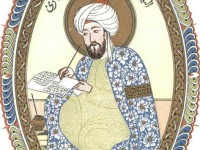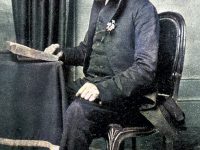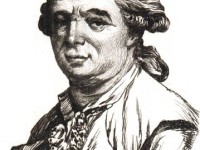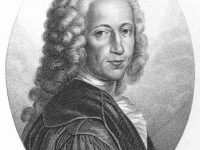Ida Henrietta Hyde and the Microelectrode
On September 8, 1857, American physiologist Ida Henrietta Hyde was born. Hyde is known for developing a micro-electrode powerful enough to stimulate tissue chemically or electronically, yet small enough to inject or remove tissue from a cell. The microelectrode has been said to have revolutionized neurophysiology. Ida Henrietta Hyde – Early Years Ida Henrietta Hyde grew up in Chicago, where she was sent to a public school. In 1871, the family home…
Read more

